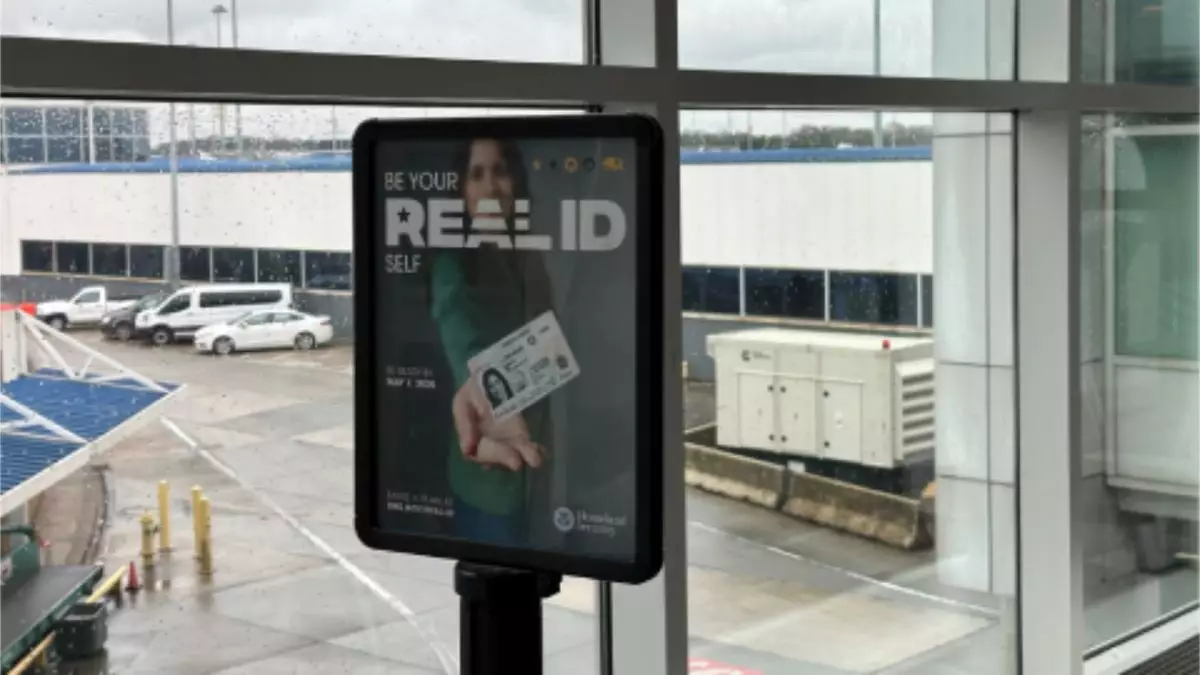The Transportation Security Administration (TSA) is set to implement significant changes in identification requirements for air travel. Starting May 7, the TSA will have the authority to demand Real IDs at airport checkpoints, marking a pivotal move in enhancing the security protocols surrounding air travel. While the full enforcement of Real ID standards hasn’t been hastily introduced, the TSA is gearing up for a phased approach, which is aimed to ease the transition for millions of travelers.
With the final rule endorsed by the federal government, the TSA has been granted the flexibility to enforce Real ID requirements gradually. This approach is crucial as it allows travelers the necessary time to adjust to the new demands and prevents potential chaos at airport security lines. Current TSA spokesperson Carter Langston indicated there is no definitive plan in motion for this phased enforcement, but he assured that guidelines will be communicated to the public before the May deadline. The nationwide goal is to have full compliance by May 5, 2027, pushing all travelers to adapt before the cutoff.
The Real ID Act, initiated by Congress in 2005, has seen more than a decade of delays and revisions. This legislation emerged from a necessity to bolster national security post-9/11, mandating that all state-issued IDs meet rigorous security standards. As of January 2024, it was reported that about 56% of state IDs were compliant with Real ID, implying that a vast number of individuals still have ID forms that will not meet the upcoming standards. In light of these statistics, it becomes imperative for those who rely on driver’s licenses or state-issued cards for identification in federal contexts to confirm their compliance.
TSA Administrator David Pekoske has publicly urged individuals who use state IDs to verify their compliance ahead of the crackdown. This call to action is particularly relevant for frequent travelers and federal building visitors. The assurance that the TSA will be working closely with public entities and states for a smooth transition is a positive step; however, the warnings from Langston about potential delays at airport checkpoints should not be taken lightly. He noted that passengers lacking the Real ID could significantly hinder security processes, prompting increased wait times.
As the deadline looms closer, it is crucial for travelers to take the initiative to familiarize themselves with their state’s Real ID regulations. For those who have yet to secure a compliant identification card, it’s advisable to schedule an appointment at their local Department of Motor Vehicles (DMV) as soon as possible. The TSA’s commitment to a phased approach presents an opportunity for travelers to adapt without the pressure of immediate enforcement. However, proactive measures will be essential in ensuring that individuals remain prepared for the impending changes in identification policy.
As the TSA prepares for the enforcement of Real ID, it offers both a challenge and a chance for travelers to enhance their understanding of and compliance with new security measures. The key lies in preparation and awareness, allowing everyone to navigate the evolving landscape of travel identification smoothly.


Leave a Reply